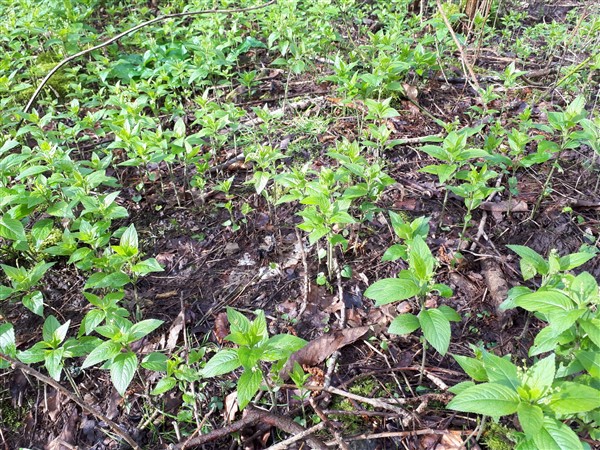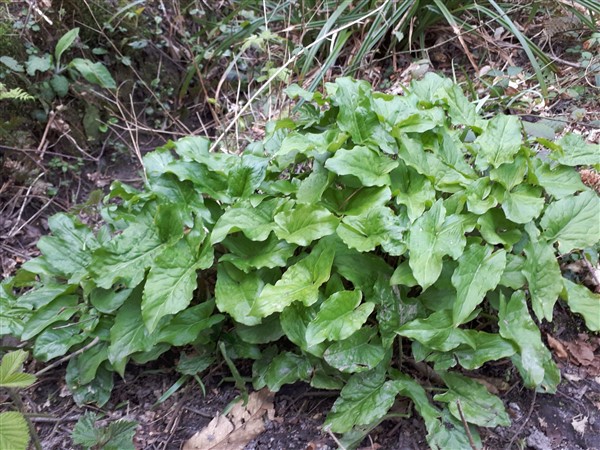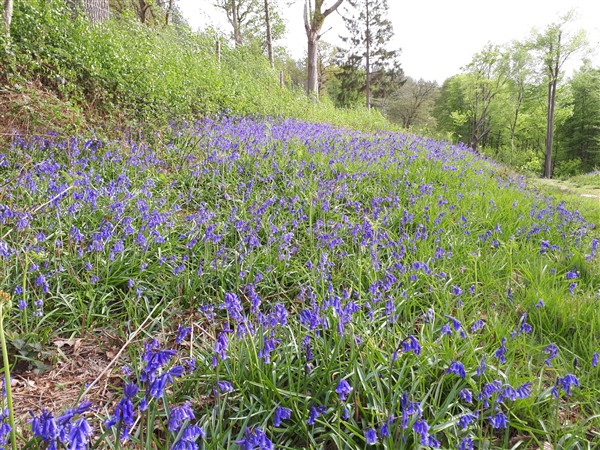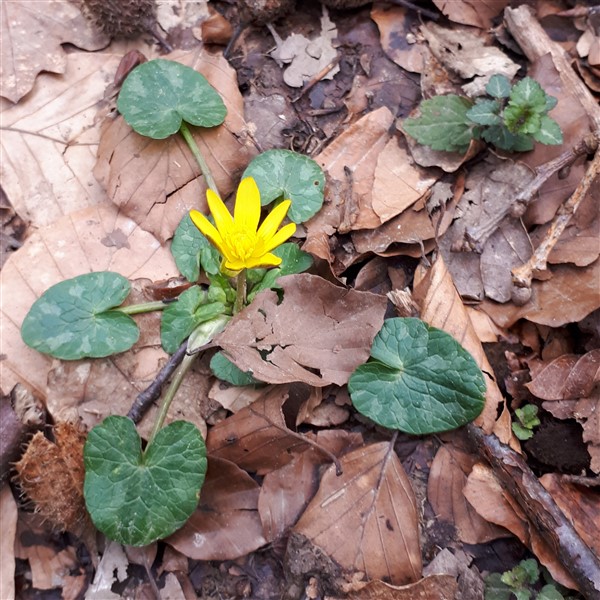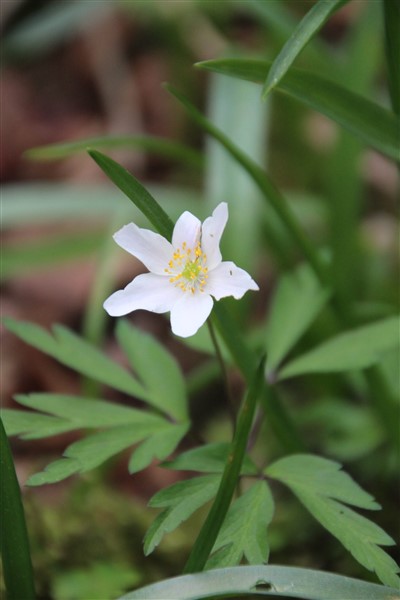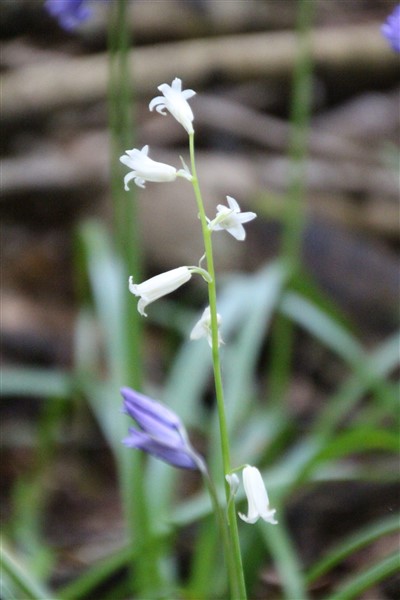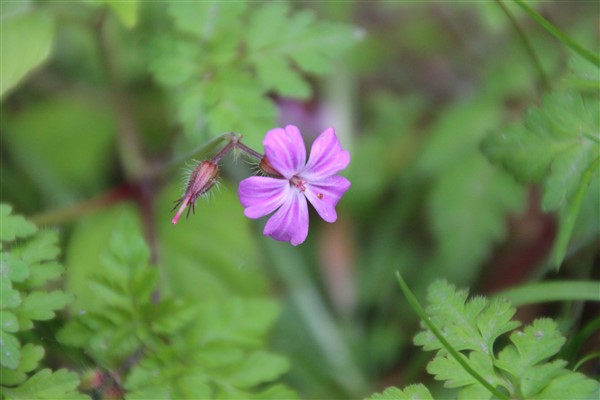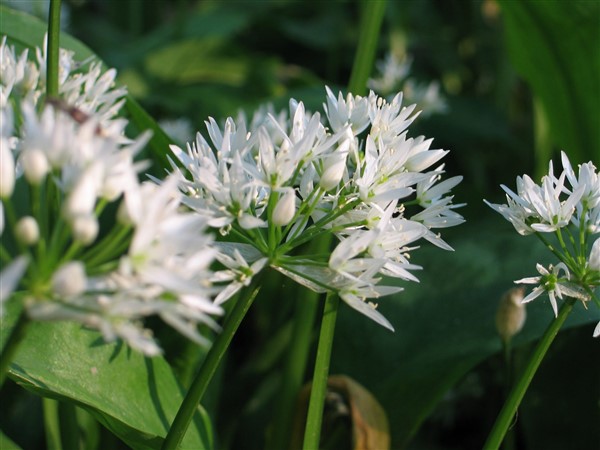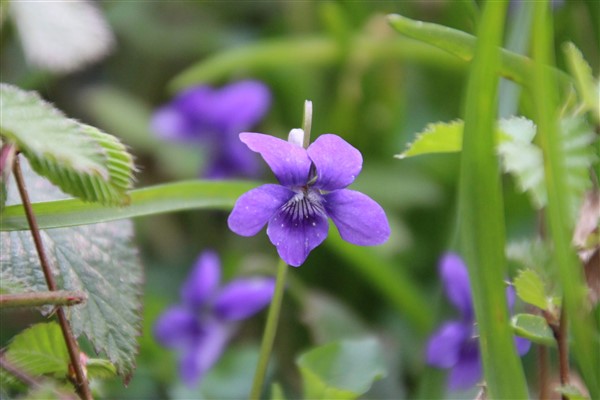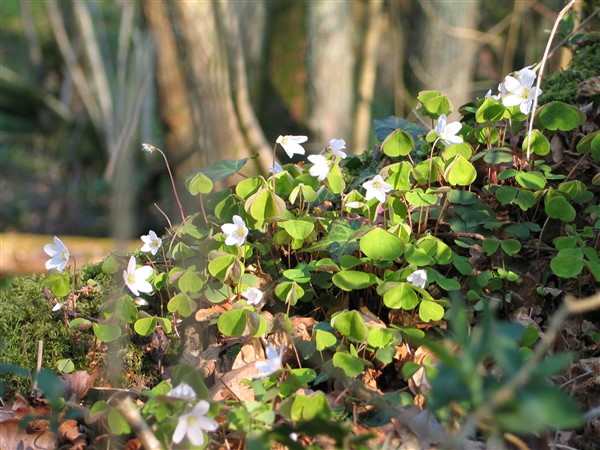The woodlands within the Dallington Forest Project (DFP) area are of local, regional and national importance due to their scale, varied types and lack of public access.
Woodland habitat constitutes roughly half of the project area at around 2000 acres and the designated core area of DFP is just under 1000 acres in size, this core area is continuous woodland making it notable within Sussex and the South East region. Many of the woodlands within DFP are designated as ancient semi natural woodland (ASNW) on the national inventory, although some display all the species of ASNW, they are as yet unrecognised. A few of the woodlands have further status as special site of scientific importance (SSSI) and site of nature conservation importance (SNCI), this mainly relates to a woodland type called Ghyll woodland which is common in East Sussex. The East Sussex Ghyll woodlands are of national significance due to their geographic location and microclimate, they harbour species more commonly associated with the wetter Atlantic side of the UK and Dallington Forest SSSI has the richest flora of all within the High Weald.
The woodland types recorded within DFP are W4, W6, W7, W8, W10, W12, W15, W16. These codes are from a vegetation classification system used to identify UK plant assemblages and communities which have usually grown due to soil PH and previous management. This evidence shows that DFP woodlands are extremely diverse and when grouped together within the project area are offering a wide range of ecological conditions and opportunities. Many plants and fungi require specific soil and woodland types, and in turn, many invertebrate and bird species are reliant upon specific plants, fungi and woodland types for their lifecycles. This enormous woodland diversity is one of the main contributing factors to the high nature conservation value of the DFP area along with the limited human habitation and public access that commonly causes disturbance and destruction of sensitive woodland habitats.
| Plant Community Classification Code | Plant Assemblages and Communities |
| W4 | Betula pubescens-Molinia caerulea woodland |
| W6 | Alnus glutinosa-Urtica dioica woodland |
| W7 | Alnus glutinosa-Fraxinus excelsior-Lysimachia nemorum woodland |
| W8 | Fraxinus excelsior-Acer campestre-Mercuralis perennis woodland |
| W10 | Quercus robur-Pteridium aquilinum-Rubus fructicosus woodland |
| W12 | Fagus sylvatica-Mercuralis perennis woodland |
| W15 | Fagus sylvatica-Deschampsia flexuosa woodland |
| W16 | Quercus spp.-Betula spp.-Deschampsia flexuosa woodland |
Nearly all of the woodlands within DFP have been managed or had an intervention within the last 200 years and this is due to a variety of reasons. Recently, the most common interventions have been conversion to plantation forestry along with the clearing of fallen and damaged trees in the storm of 1987. Prior to the 1950s, much of the woodland would have been managed as coppice for the needs of local industries and this is probably the most intensive period of management for the woodlands, some of this coppice woodland still survives today and it is often associated the most diverse ground flora. Prior to this coppice management, large areas are likely to have been wood pasture and in places complete removal was undertaken to aid the quarrying of sandstone and create ponds.
Todays woodlands and the species which reside in them are under threat, mainly due to their neglect or mismanagement along with high numbers of naturalised fallow deer. If we are to protect woodland habitats for the future, a number of actions are required such as the removal of invasive and inappropriate tree species and culling of deer but interventions are not always appropriate and in some cases the best thing is to leave them alone.
Forest Research Research Note 033: Encouraging biodiversity at multiple scales in support of resilient woodlands


